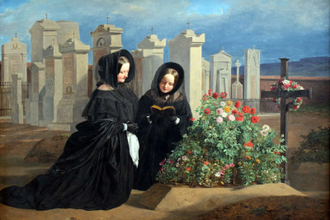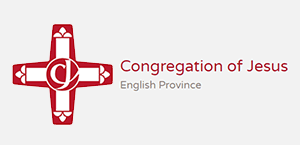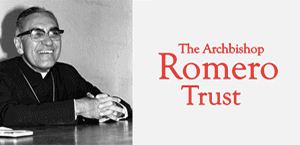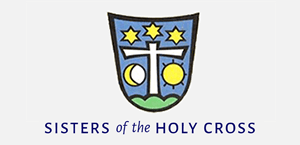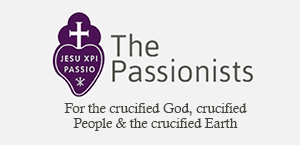Gospel in Art: King Herod heard of Jesus
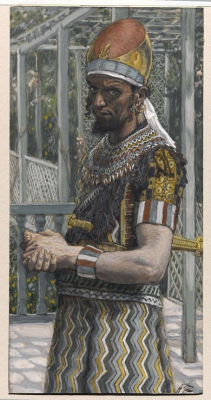
Portrait of Herod Antipas, by James Tissot, 1894 © Brooklyn Museum, NY
Source: Christian Art
Gospel of 7 February 2025
Mark 6:14-29
At that time: King Herod heard of Jesus, for his name had become known. Some said, 'John the Baptist has been raised from the dead. That is why these miraculous powers are at work in him.' But others said, 'He is Elijah.' And others said, 'He is a prophet, like one of the prophets of old.' But when Herod heard of it, he said, 'John, whom I beheaded, has been raised.' For it was Herod who had sent and seized John and bound him in prison for the sake of Herodias, his brother Philip's wife, because he had married her. For John had been saying to Herod, 'It is not lawful for you to have your brother's wife.' And Herodias had a grudge against him and wanted to put him to death. But she could not, for Herod feared John, knowing that he was a righteous and holy man, and he kept him safe. When he heard him, he was greatly perplexed, and yet he heard him gladly.
But an opportunity came when Herod on his birthday gave a banquet for his nobles and military commanders and the leading men of Galilee. For when Herodias's daughter came in and danced, she pleased Herod and his guests. And the king said to the girl, 'Ask me for whatever you wish, and I will give it to you.' And he vowed to her, 'Whatever you ask me, I will give you, up to half of my kingdom.' And she went out and said to her mother, 'For what should I ask?' And she said, 'The head of John the Baptist.' And she came in immediately with haste to the king and asked, saying, 'I want you to give me at once the head of John the Baptist on a platter.' And the king was exceedingly sorry, but because of his oaths and his guests he did not want to break his word to her. And immediately the king sent an executioner with orders to bring John's head. He went and beheaded him in the prison and brought his head on a platter and gave it to the girl, and the girl gave it to her mother. When his disciples heard of it, they came and took his body and laid it in a tomb.
Reflection on the watercolour
Today's gospel reading tells of how some people believed Jesus to be John the Baptist returned to life after his execution by Herod. This belief highlights the striking similarities between the two figures. John was a prophet who fearlessly proclaimed God's word, even when it was unwelcome or uncomfortable. It was his uncompromising faithfulness to this mission that ultimately led to his death. Similarly, Jesus described himself as a prophet, boldly proclaiming God's word even when it challenged those in power. Like John, Jesus' unwavering commitment to living and proclaiming God's truth led to his death. However, while John humbly acknowledged his unworthiness to even untie Jesus' sandals, Jesus was more than a prophet! He was the Son of God. He not only spoke God's word but embodied it, being the Word made flesh.
Our reading also tells us that Herod Antipas, ruler of Galilee, believed Jesus might be John the Baptist risen from the dead, a thought possibly rooted in guilt over John's execution. The gospel recounts that Herod actually feared and respected John, recognising him as a good and holy man, and enjoyed listening to him, even though John's words often perplexed him. Despite his better judgement, Herod had John beheaded due to a rash public oath he made to his stepdaughter, which Herodias, Herod's wife, exploited to demand John's execution. Herod prioritised his public honour over the life of a good man. Herod succumbed to pressure rather than acting on his deeper sense of good. Herod's dilemma reflects a universal struggle for all of us: the inner call to do what is good, versus the external pressures to act selfishly or just to please the world.
Our watercolour on paper by James Tissot portrays King Herod Antipas, a tetrarch appointed by the Romans and ruler of Galilee. Tissot presents Herod in a strikingly colourful costume, adorned with rich textiles, jewellery and intricate embroidery, creating a stark contrast to the austere simplicity of John the Baptist's camel-hair garment and the pure white cloak of Jesus, both of which Tissot depicted in separate works. Herod's expression is both intimidating and arrogant, his piercing gaze directed straight at the viewer. It is as if he is silently challenging us, asking, "What would you have done in my place?" This powerful composition invites reflection on the moral dilemmas of wanting to please the world versus doing what is right.
LINKS
Gospel in Art: https://christian.art/
Today's Reflection: https://christian.art/daily-gospel-reading/mark-6-14-29-2025/




